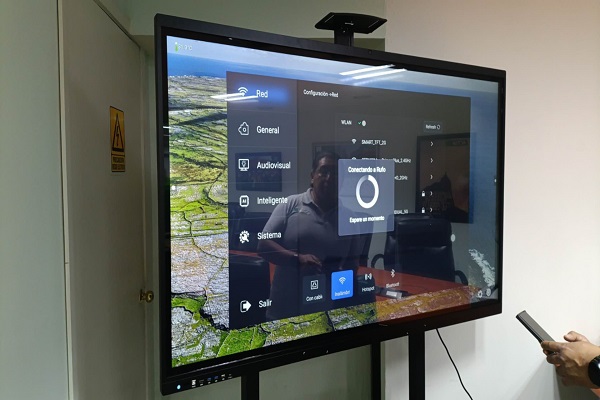Application fields and development of interactive whiteboards 1
Interactive Whiteboards: Revolutionizing Education and Business Collaboration
Interactive whiteboard as called smart board, In the ever-evolving landscape of technology, It have emerged as a tool, reshaping the way we teach, learn, and collaborate. These sophisticated devices, which combine the simplicity of a traditional whiteboard with the power of a computer, are becoming increasingly prevalent in classrooms, boardrooms, and various professional settings. As we delve into the world of interactive whiteboards, it becomes clear that they are not just a passing trend but a fundamental shift in how we interact with information and each other.
The Evolution of Interactive Whiteboards
The concept of the interactive whiteboard dates back to the early 1990s, when the first prototypes were developed. These early versions were rudimentary, often requiring specialized pens and offering limited functionality. However, as technology advanced, so did the capabilities of interactive whiteboards. Today's interactive whiteboards are sleek, user-friendly, and packed with features that cater to a wide range of needs.
Modern are typically large touch displays that can be connected to a computer or other devices. They allow users to interact with digital content using their fingers or a stylus, making it easy to write, draw, and manipulate images and text. Some models even support multi-touch gestures, enabling multiple users to collaborate simultaneously.
Applications in Education
One of the most significant impacts of interactive whiteboards has been in the field of education. Teachers and students alike have embraced these tools for their ability to enhance the learning experience. In classrooms around the world, Interactive whiteboards are being used to create dynamic, engaging lessons that cater to diverse learning styles.
For teachers, interactive whiteboards offer a versatile platform for presenting information. They can display multimedia content, such as videos, animations, and interactive simulations, to illustrate complex concepts. This not only makes lessons more interesting but also helps students grasp difficult material more easily. Additionally, It allow teachers to save and share their notes, ensuring that students can review the material at their own pace.
Students, on the other hand, benefit from the interactive nature of these devices. They can participate in hands-on activities, solve problems on the board, and collaborate with their peers in real-time. This active involvement fosters a deeper understanding of the subject matter and encourages critical thinking and creativity.
Moreover, interactive whiteboards have proven to be particularly effective in special education. They provide a customized learning environment that can be tailored to the needs of students with disabilities. For example, visually impaired students can benefit from enlarged text and high-contrast displays, while those with motor impairments can use touch-sensitive controls to interact with the board.

